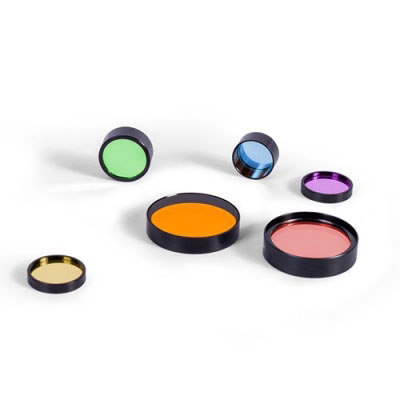Products News
Water Quality Testing Ammonia Nitrogen Determination Filter

This year, the National Environmental Protection Agency has issued a number of environmental protection regulations and has been committed to the supervision and detection of water quality. In order to accurately detect water quality and protect water quality, more and more local institutions have begun to use water quality testing instruments in batches to quickly obtain local water quality. Among them, ammonia nitrogen content detection is one of the surface water quality detection projects. So what is the impact of ammonia nitrogen content on water quality? How is ammonia nitrogen content detected?
Ammonia nitrogen mainly comes from organic nitrogen pollution and is an important indicator of eutrophication of water bodies. Excessive ammonia nitrogen can be decomposed into nitrite nitrogen under the action of microorganisms, and eventually become nitrate nitrogen, which will cause a large number of organisms to reproduce. The ammonia nitrogen tester launched by the testing instrument company is now widely used in the measurement of surface water, industrial wastewater, domestic sewage and other water quality.
There are many kinds of filters used in the ammonia nitrogen tester. At present, the industry mainly uses 420nm narrow-band filters and 620nm narrow-band filters as the identification light inside the instrument. The main principle is to use the reagent to react with ammonia nitrogen in the form of free ammonia or ammonium ions to generate a yellow-brown complex, use optical colorimetry to measure the light of the 420nm filter (or other wavelength filters), and calculate the ammonia nitrogen content through a computer.
Water quality measurement, especially ammonia nitrogen determination, requires fast and accurate detection, so it puts forward relatively high technical requirements for the filters inside the water quality detection instrument. BORISUN OPTICS has been working on water quality detection filter solutions for many years. At present, it has launched filter bands commonly used in the field of water quality detection, mainly covering: 340nm-800nm filter bands, such as: 340nm, 360nm, 380nm, 405nm, 414nm, 420nm, 440nm, 450nm, 470nm, 480nm, 492nm, 510nm, 520nm, 540nm, 560nm, 575nm, 590nm, 600nm, 610nm, 630nm, 660nm, 680nm, 690nm, 700nm, 720nm, 740nm, 750nm, 760nm, 780nm, 800nm,880nm, etc.
RELATED NEWS
- Fully Automatic Chemiluminescence Instrument Filter 2024-10-30
- Ultraviolet UV-C band quartz glass sterilization filter 2024-10-30
- Laser Ranging Filters 2024-10-25
- Laser Welding Machine Filter 2024-10-25
- UV Light Isolation Filters 2024-10-25
CATEGORIES
LATEST NEWS
CONTACT US
Contact: Jessie
Phone: +86 13772020541
E-mail: info@borisun.com; jessie@borisun.com
Whatsapp:+86 13772020541
Add: First floor, dalanyingthermal insulation material factory, Shima Road, Hantai District, Hanzhong City, Shaanxi Province, China 723000
